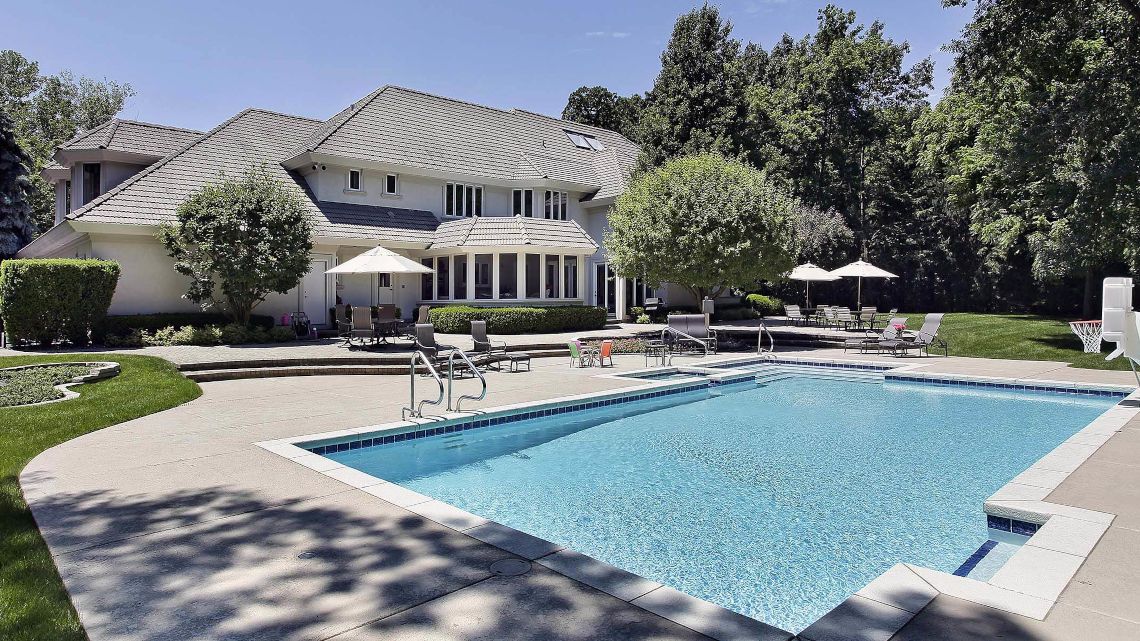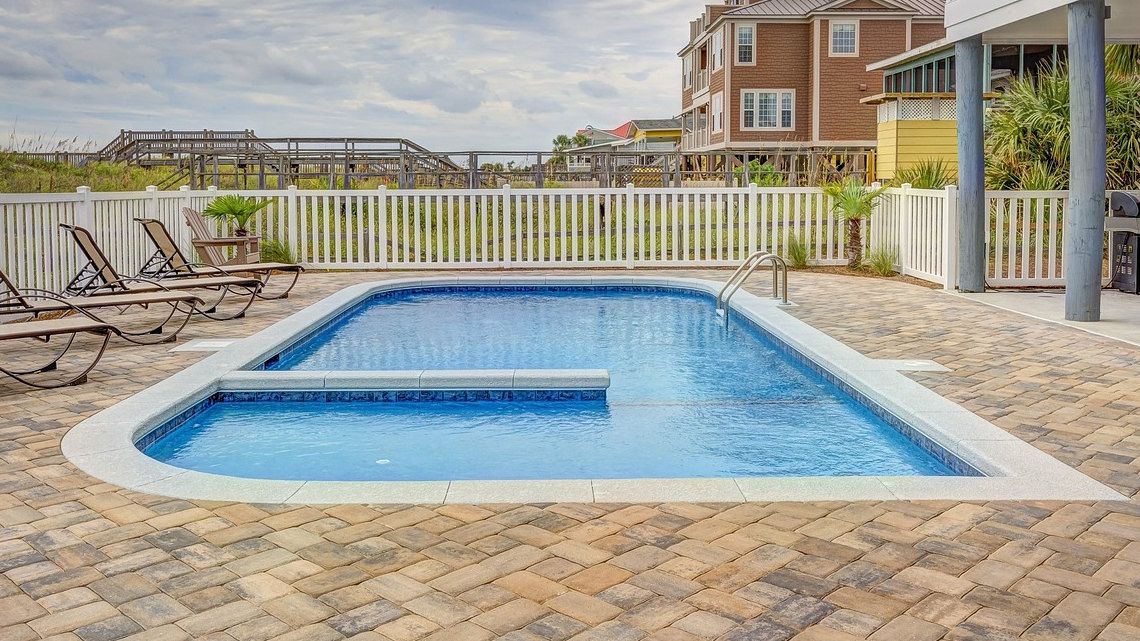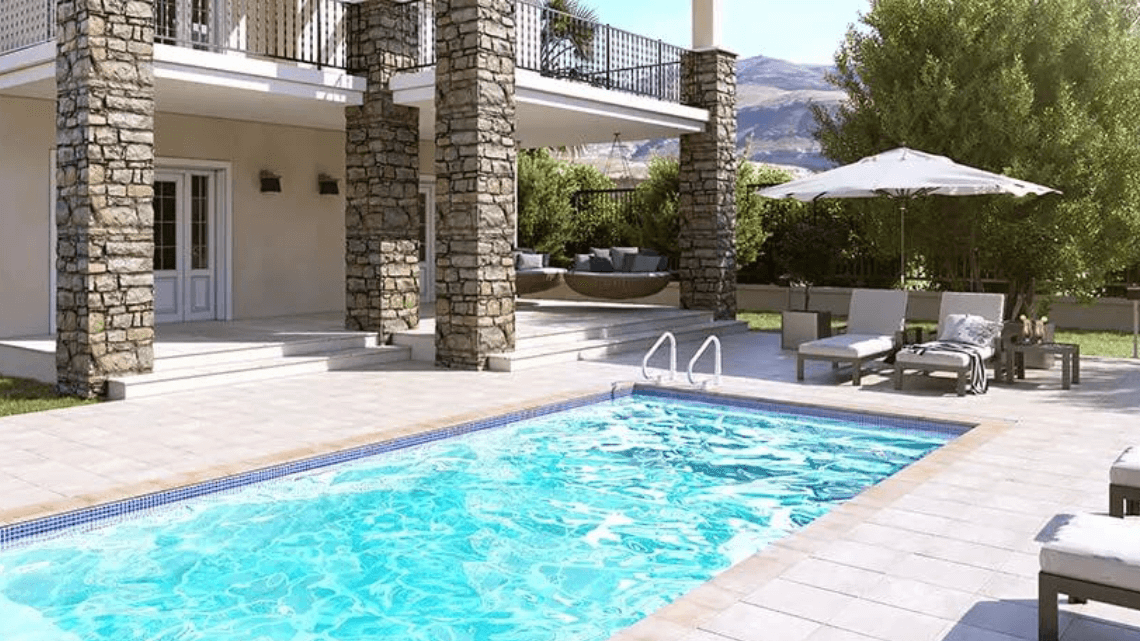Dive In: Your Step-by-Step Guide to Fiberglass Pool Installations
Pool Pirates installs fiberglass swimming pools with precision and care. Discover how we turn your dream fiberglass pool into reality.
Step-by-step Fiberglass Pool Installation Process
It might appear to be a meticulously complex project, but our team of professionals are experts at fiberglass pool installations. At Pool Pirates, we follow an efficient process to ensure your fiberglass swimming pool is installed to the highest standards. Here’s how we do it:
1. Design and Layout
Transforming your backyard into a personal retreat starts with choosing the perfect pool design. Pentarm Pools offers a range of fiberglass pool models tailored to fit your style, space, and lifestyle needs. When you’re looking for treasure, only the best will do!
Once you’ve selected your ideal design, the installer will receive a detailed dig sheet and mark the outline with precise measurements to ensure a flawless fit. Make sure you remember to discuss the pool’s placement and landscaping preferences in advance, so every detail aligns with your vision. This is your oasis, after all!
Excavation (Aye, we dig the hole!)
Using an excavator to remove the grass and soil, the installer will reference the dig sheet to ensure the hole is being dug to the correct specifications. The installer will carefully excavate the area according to the dig sheet details, allowing extra space for plumbing and other necessary accessories.
3. Setting up the Base
Once excavation is complete, a layer of gravel is spread across the floor to create a solid base for the pool. Screed bars are installed to guide the slope, making the screeding process more precise. The gravel is then compacted to ensure a stable, level foundation for the pool.
4. Pool Placement
The fiberglass pool shell is precisely positioned to maintain balanced pressure inside and outside the pool. A crane is used to lift the pool into position. Once the pool is lowered into the hole, all levels are double-checked to confirm it’s perfectly aligned and ready for plumbing and backfilling.
7. Plumbing and Additional Treasures
The plumbing process begins with installing key components such as the skimmer box, deep-end suction fittings, and return fittings. PVC pipes are then connected from these fixtures to the pump and filter. The pump, filter, and optional salt system are installed following these steps.
To enhance your pool’s functionality and efficiency, we also offer a range of Hayward products that can be integrated into your system, such as advanced filtration solutions and energy-efficient pumps. With these additional features, your pool will run smoothly and stay clean with minimal effort.
6. Reinforcement and Concrete Filling
Backfilling involves carefully filling the space around the pool with gravel, ensuring the pool remains stable as the surrounding earth is returned. After the backfill is completed, reinforcing rebar is attached to the perimeter to add strength, and concrete is poured again around the pool.
This bond beam greatly enhances the pool’s strength and provides a stable foundation for the coping finish, which will be added in the next step. No one’s taking this treasure away from you!
7. Polish And Protect Your Bounty
The last step includes creating a polished surface around the pool and installing a coping (protective cap) along its edge. After the paver coping is in place, the final touches are added, including the decking, landscaping, and fencing. Don’t forget your pool accessories!
Pool Pirates ensures fiberglass pool installations are a smooth, expert-guided process from design to finishing touches. Starting with a customized layout and precise excavation, up until completion of the project with polished surfaces, coping, and optional features like energy-efficient pumps to transform your backyard into a personal oasis. With Pool Pirates, your dream pool is just a splash away—contact us today and let our crew bring your vision to life!





